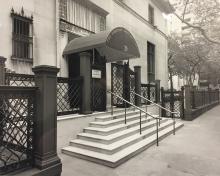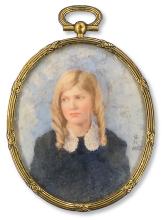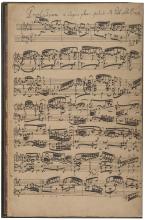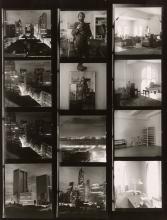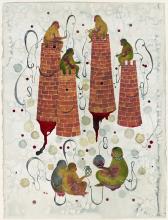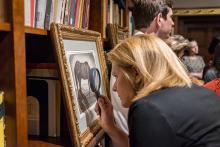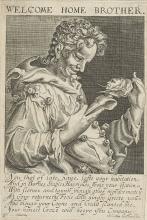Visiting the Morgan in 1928
Submitted by Jennifer Tonkovich on Thu, 10/01/2020 - 1:00pmAfter the death of his mother in 1924, J. P. Morgan, Jr., resolved to tear down his parent’s brownstone on the corner of Madison and Thirty-Sixth Street and erect a building adjacent to his father’s library. This new structure, known as the Annex, would allow the institution he founded in his father’s name to serve the public.

